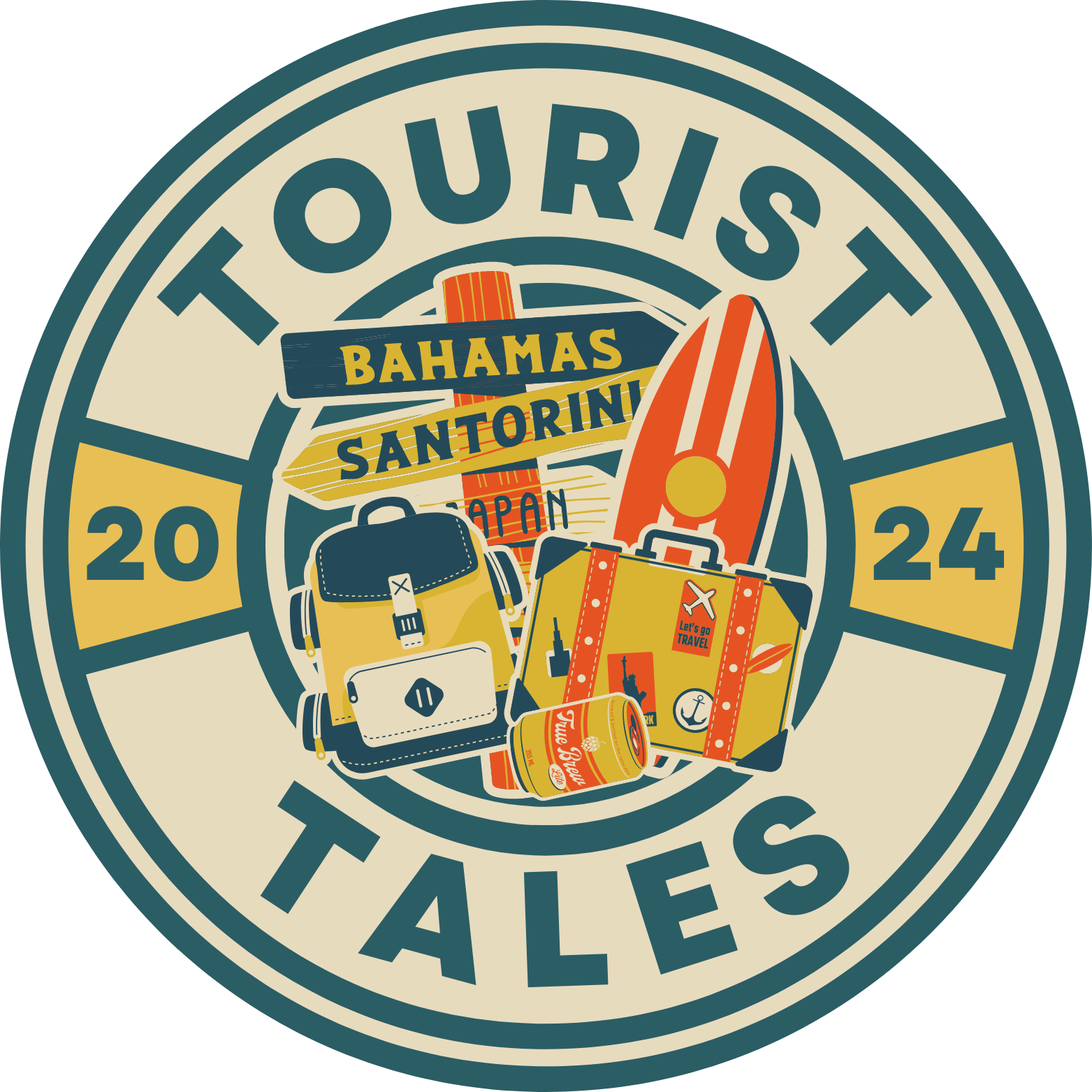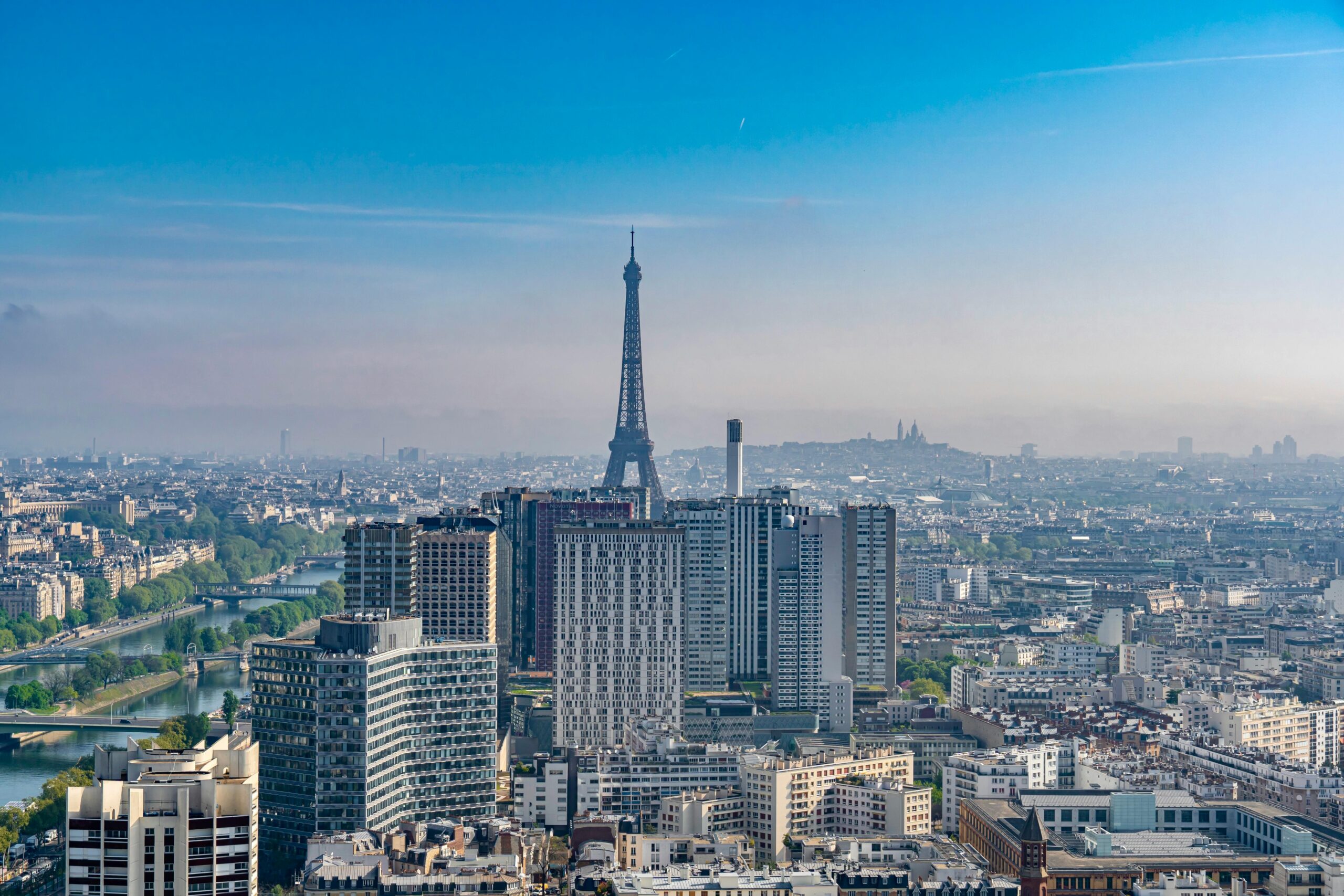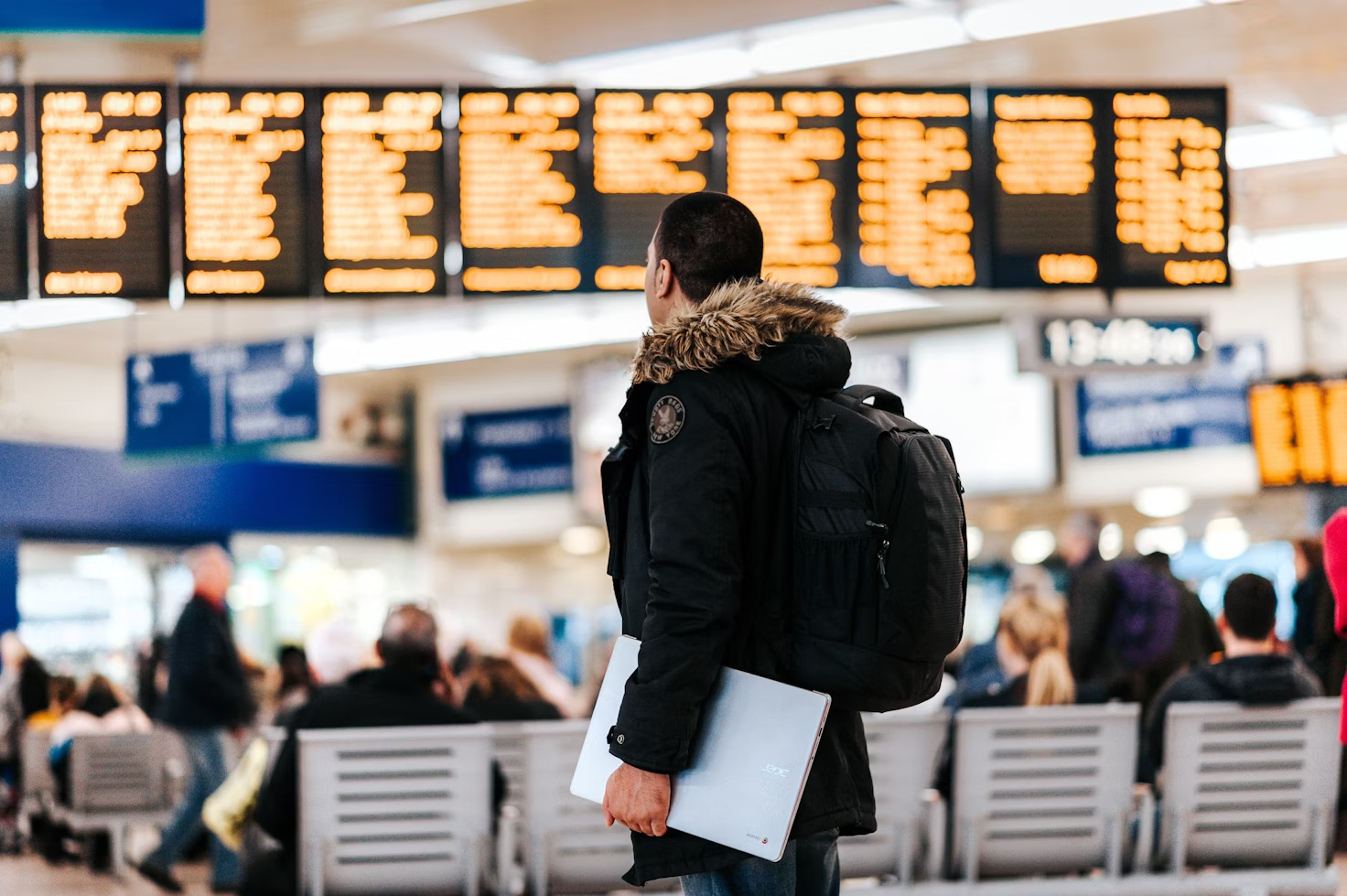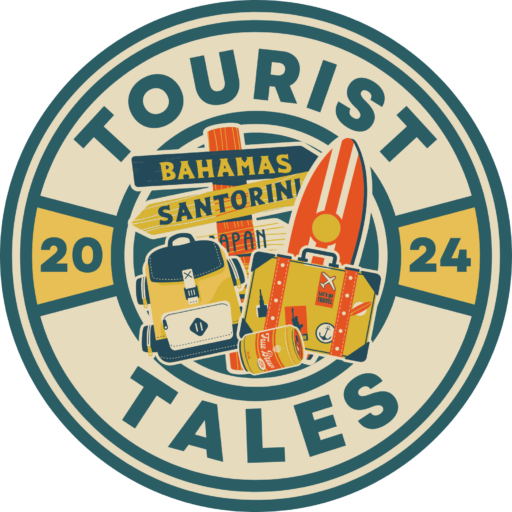Imagine embarking on a European adventure that enables you to travel from France to Italy. This journey between two of Europe’s most iconic destinations promises an immersion in rich history, diverse cultures, and breathtaking landscapes that captivate any traveler’s heart.
France, with its elegant cities, renowned cuisine, and artistic heritage, offers a unique blend of sophistication and rustic charm. From the bustling streets of Paris to the serene vineyards of Bordeaux, every corner of France tells a story steeped in history and tradition.
Italy, on the other hand, is enchanted with its passionate vibrancy and timeless beauty. From the ancient ruins of Rome to the picturesque canals of Venice and the culinary delights of Tuscany, Italy is a treasure trove of experiences waiting to be discovered.
Charting Your Course: Travel Options and Routes
Embarking from France to Italy opens up many travel options, each catering to different budgets and preferences.
Whether you’re looking for convenience, scenic beauty, or speed, there’s a mode of transport that perfectly suits your travel style.

By Train: Convenience and Speed
One of the most popular and efficient ways to travel between France and Italy is by train. The high-speed TGV trains provide a seamless connection between major cities such as Paris and Milan.
These trains are known for their comfort, speed, and reliability, making them an excellent choice for travelers who want to maximize their time exploring rather than commuting. The TGV routes offer frequent departures, allowing flexibility in planning your trip.
Additionally, the scenic views from the train windows – ranging from the French countryside to the Italian lakes – add to the overall experience, making the journey as enjoyable as the destination.
By Car: Scenic Routes and Flexibility
For those who prefer a more leisurely pace and the freedom to explore off-the-beaten-path destinations, traveling by car is an excellent option. Driving allows you to create a personalized itinerary, stopping at charming villages and breathtaking viewpoints.
You could also rent a car in Italy and drive through the scenic Amalfi Coast, stopping at historic towns like Sorrento and Positano. However, parking in major cities can be costly, and navigating unfamiliar roads may require some extra time.
One popular route is through the majestic Alps, offering stunning mountain vistas and quaint towns like Chamonix. Alternatively, you can opt for a coastal drive along the French Riviera, passing through glamorous spots like Nice and Monaco before crossing into Italy.
This route offers a mix of beautiful beaches, historic sites, and vibrant cities, making it a diverse and memorable journey.
By Plane: Fast and Direct
If time is of the essence, flying is the fastest way to travel between France and Italy. Numerous airlines offer direct flights connecting major cities such as Paris, Lyon, and Marseille with Rome, Milan, and Venice.
Airlines like Air France and Alitalia and budget carriers like Ryanair and EasyJet provide various options depending on your departure and arrival cities.
Flying can significantly reduce travel time, allowing you to explore your destinations more. However, when planning your itinerary, it’s important to consider factors like airport transfers and potential delays.
French Delights: Must-See Destinations
As you chart your course from France to Italy, indulge in the myriad of captivating destinations France offers. Each region boasts unique charm, rich history, and cultural experiences that will leave a lasting impression.

Paris: The City of Light
Every trip to France is complete with exploring Paris, the iconic capital city known for its romantic ambiance and world-famous landmarks. Start with the Eiffel Tower, an architectural marvel offering panoramic city views from observation decks.
Stroll along the Champs-Élysées, visit the Louvre Museum to marvel at masterpieces like the Mona Lisa, and immerse yourself in the grandeur of the Palace of Versailles.
Paris is also renowned for its café culture, bustling markets, and vibrant neighborhoods like Montmartre and Le Marais, each brimming with history and character.
Provence: Scenic Beauty and Rustic Charm
Heading south, Provence offers a picturesque escape with its rolling lavender fields, charming villages, and Mediterranean coastline. Visit towns like Aix-en-Provence and Avignon to experience the quintessential Provençal lifestyle, with outdoor markets, historic architecture, and delightful cuisine.
Don’t miss the stunning Calanques near Marseille, where rugged cliffs meet turquoise waters, perfect for hiking and swimming. Provence is also a haven for art lovers, inspiring countless artists such as Vincent van Gogh and Paul Cézanne.
Bordeaux: Wine Enthusiast’s Paradise
Bordeaux is a must-visit destination for those with a penchant for fine wine. Renowned for its world-class vineyards, this region offers numerous wine tours and tastings that showcase the best of French viticulture.
Explore the historic city of Bordeaux, a UNESCO World Heritage site, with its elegant neoclassical architecture and vibrant riverfront. Nearby, the Médoc and Saint-Émilion wine regions beckon with their picturesque chateaux and lush vineyards.
Loire Valley: Castles and Countryside
The Loire Valley, often called the “Garden of France,” is dotted with enchanting medieval castles and lush landscapes. Explore the Château de Chambord, a Renaissance masterpiece, or the romantic Château de Chenonceau, which spans the River Cher.
The valley is also known for its charming towns, such as Amboise and Tours, offering a glimpse into France’s storied past. For a unique experience, consider a hot air balloon ride over the valley’s vineyards and castles, providing a stunning aerial perspective of this beautiful region.

Normandy: Coastal Beauty and Historic Sites
Normandy, located in northern France, is known for its dramatic coastline, historic landmarks, and poignant World War II sites. Visit the stunning Mont Saint-Michel, a UNESCO World Heritage site perched on a rocky island, and explore the charming port town of Honfleur with its picturesque harbor.
Normandy’s beaches, such as Omaha Beach, witness the D-Day landings and are essential stops for history enthusiasts. The region is also famous for its cider, Camembert cheese, and apple desserts, offering a delectable taste of local cuisine.
Crossing the Border: From France to Italy
Journeying from the scenic landscapes of France to the captivating allure of Italy offers travelers a seamless transition into a world of rich history, exquisite cuisine, and iconic cultural landmarks.
Practicalities of Border Crossing
Traveling from France to Italy is relatively straightforward, thanks to both countries being part of the Schengen Area.
This means there are generally no border checks when crossing by train or car, making the journey seamless and hassle-free. However, carrying your passport or national ID card is always good, as random checks can occasionally occur.
Currency Exchange
Both France and Italy use the Euro (€), so there’s no need for currency exchange when traveling between these countries. This simplifies transactions and ensures you can focus on enjoying your trip without worrying about exchanging money.
Travel Documents and Visas
Citizens of the European Union, Schengen Area countries, and several other nations (including the United States, Canada, and Australia) do not require a visa for short stays in France or Italy.
However, carrying valid travel documents such as a passport or a national ID card is important. If you’re a citizen of a country outside of these regions, ensure to check specific visa requirements before your trip.
Navigating Train Stations and Airports
Upon arriving in Italy, whether by train or plane, here are some tips to help ensure a smooth transition:
Train Stations
Navigating Italy’s major train stations can be an efficient and convenient way to continue your journey.
- Know Your Arrival Station: Major cities like Milan, Rome, and Venice have large central train stations (e.g., Milano Centrale, Roma Termini, and Venezia Santa Lucia). Familiarize yourself with the layout and facilities of your arrival station in advance.
- Language: While many station signs are in Italian and English, knowing some basic Italian phrases can be helpful.
- Tickets and Validation: Ensure you have your ticket ready, and remember to validate it before boarding the train if you are traveling again by a regional train. Validation machines are usually located on the platforms.
- Luggage: Be mindful of your luggage and personal belongings, as train stations can be busy and crowded.
Airports
Navigating Italy’s airports is straightforward, with some preparation and understanding of the key tips outlined below.
- Passport Control: If flying, be prepared for passport control upon arrival. Have your travel documents easily accessible.
- Transportation: Research your transportation options from the airport to your accommodation. Airports like Rome’s Fiumicino (FCO) and Milan’s Malpensa (MXP) offer various transport services, including trains, buses, taxis, and car rentals.
- Local SIM Card: To stay connected and navigate more easily, consider purchasing a local SIM card or an international data plan.
- Currency and ATMs: Even though both countries use the Euro, having some cash on hand for small purchases or transportation can be useful. ATMs are conveniently located in airports and train stations.
Italian Enchantment: Exploring Hidden Gems
As you continue your journey from France to Italy, prepare to be enchanted by the diverse and captivating destinations that await you. Here are some breathtaking places to visit in Italy.

Rome: The Eternal City
Begin your Italian adventure in Rome, which effortlessly blends ancient history with vibrant modern life. Visit iconic landmarks such as the Colosseum, where gladiators once battled, and the Roman Forum, the heart of ancient Rome’s political life.
Take advantage of the Vatican City, home to St. Peter’s Basilica and the Sistine Chapel, where you can marvel at Michelangelo’s breathtaking frescoes.
Stroll through charming neighborhoods like Trastevere, known for its narrow cobblestone streets and lively trattorias, offering a taste of authentic Roman cuisine.
Venice: The Floating City
Next, head to Venice, a city renowned for its winding canals, historic architecture, and romantic ambiance. Glide along the Grand Canal in a gondola, passing by stunning palaces and bustling markets.
Visit St. Mark’s Square, home to the magnificent St. Mark’s Basilica and the Doge’s Palace. Explore the labyrinthine streets and discover hidden gems like the Rialto Market, where you can sample local delicacies like Cicchetti (Venetian tapas) and fresh seafood.
Florence and Tuscany: Art and Culinary Delights
Immerse yourself in art and history in Florence, the cradle of the Renaissance. Visit the Uffizi Gallery to see Botticelli, Leonardo da Vinci, and Michelangelo’s masterpieces. Climb to the top of the Duomo for panoramic city views and stroll across the Ponte Vecchio, a medieval bridge lined with jewelry shops.
From Florence, venture into the rolling hills of Tuscany. Indulge in culinary delights like Chianti wine, pecorino cheese, and hearty Tuscan stews. Explore charming hill towns like Siena, San Gimignano, and Montepulciano, each offering unique charm and historical significance.
Amalfi Coast: Coastal Beauty and Relaxation
For breathtaking coastal scenery, visit the Amalfi Coast. This stunning stretch of coastline is dotted with picturesque villages like Positano, Amalfi, and Ravello.
Enjoy panoramic views of the Mediterranean Sea, hike the scenic Path of the Gods, and sample limoncello, a lemon liqueur made from locally grown lemons. The Amalfi Coast is also known for its fresh seafood and handmade ceramics, making it a perfect destination for relaxation and cultural exploration.
Cinque Terre: Colorful Villages and Scenic Trails
Another coastal gem, the Cinque Terre, consists of five colorful fishing villages perched on rugged cliffs overlooking the Ligurian Sea. Hike the scenic trails connecting Monterosso al Mare, Vernazza, Corniglia, Manarola, and Riomaggiore, each offering stunning sea views and unique local charm.
Savor regional specialties like pesto alla Genovese and fresh seafood, and enjoy the laid-back atmosphere of this UNESCO World Heritage site.
Sicily: Island Adventures
For a more off-the-beaten-path experience, consider exploring Sicily, the largest island in the Mediterranean. Visit the ancient Greek ruins of Agrigento, Palermo’s vibrant markets, and Taormina’s stunning beaches.
Sicily’s rich history is reflected in its diverse architecture, from Norman cathedrals to Baroque palaces. Don’t miss sampling Sicilian delicacies such as arancini (rice balls), cannoli, and granita.
Beyond the Tourist Trail: Cultural Gems
While iconic landmarks and popular destinations are a must-see, exploring hidden gems and off-the-beaten-path experiences in France and Italy can add an authentic and enriching touch to your journey.
Here are some lesser-known treasures, local festivals, and unique regional traditions that will provide deeper cultural immersion.
Hidden Gems in France
Discover the charming allure of France’s lesser-known destinations with these hidden gems:

Alsace Villages: Fairy-Tale Charm
Nestled in northeastern France, the Alsace region boasts picturesque villages that look straight out of a fairy tale. Towns like Colmar and Eguisheim are known for their half-timbered houses, cobblestone streets, and vibrant flower displays.
Wander through the quaint alleys, sample local wines, and enjoy traditional dishes like tarte flambée (a thin-crust pizza) and choucroute (sauerkraut with sausages).
Dordogne’s Medieval Treasure Trove
The Dordogne region in southwestern France is a paradise for history enthusiasts and nature lovers. Explore the medieval town of Sarlat-la-Canéda with its well-preserved architecture and bustling markets.
Visit the prehistoric caves of Lascaux, which are famous for their ancient cave paintings. The Dordogne River offers opportunities for kayaking and scenic boat rides, allowing you to take in the stunning landscapes.
Local Festivals: Fête de la Musique and More
Attend local festivals to immerse yourself in French culture. The Fête de la Musique, held on June 21st, is a nationwide celebration in which musicians perform in streets, parks, and public squares.
Another notable event is the Menton Lemon Festival in February, featuring elaborate citrus-themed floats and sculptures. Participating in these festivals provides a unique glimpse into regional traditions and community spirit.
Hidden Gems in Italy
Italy is brimming with hidden gems that offer an authentic glimpse into its rich culture and history beyond the well-trodden tourist paths.
Umbria: The Green Heart of Italy
Often overshadowed by neighboring Tuscany, Umbria is a region of rolling hills, medieval towns, and rich cultural heritage. Visit Assisi, the birthplace of Saint Francis, with its stunning basilicas and peaceful ambiance.
Explore the charming town of Orvieto, perched on a volcanic rock, and admire its impressive cathedral. Umbria’s culinary delights include truffles, wild boar, and hearty soups, offering a taste of authentic Italian cuisine.
Matera: Ancient Cave Dwellings
Matera, located in the southern region of Basilicata, is famous for its ancient cave dwellings called “Sassi.” These UNESCO World Heritage sites are carved into limestone cliffs and inhabited for thousands of years.
Wander through the labyrinthine streets, visit rock-hewn churches, and experience the unique atmosphere of this extraordinary town. Matera was also a filming location for movies like “The Passion of the Christ.
Local Festivals: Palio di Siena and More
Italy’s local festivals are vibrant celebrations of tradition and community. The Palio di Siena, held twice a year in July and August, is a historical horse race around the Piazza del Campo in Siena.
Each neighborhood (contrada) competes fiercely, and the event is a spectacle of medieval pageantry and rivalry. Another unique festival is the Festa dei Ceri in Gubbio, Umbria, where participants carry enormous wooden candles in a lively procession through the town.
Language Learning Tips and Essential Phrases
Enhance your cultural immersion by learning key phrases in French and Italian. Locals always appreciate visitors trying to speak their language, even just basic greetings or expressions.

Essential French Phrases
Learning a few essential French phrases will help you easily navigate your travels and show respect for the local culture.
- Bonjour (Hello/Good morning)
- Merci (Thank you)
- S’il vous plaît (Please)
- Parlez-vous anglais? (Do you speak English?)
- Où est…? (Where is…?)
Essential Italian Phrases
Learning essential Italian phrases can greatly enhance your experience while traveling in Italy.
- Buongiorno (Good morning)
- Grazie (Thank you)
- Per favore (Please)
- Parla inglese? (Do you speak English?)
- Dov’è…? (Where is…?)
Wrapping Up
Planning a trip from France to Italy offers a chance to experience two iconic European destinations, rich in history, culture, and stunning landscapes. With options like high-speed trains, scenic car routes, and quick flights, moving between these countries is seamless.
Must-see spots include the Eiffel Tower in Paris, the Colosseum in Rome, Venice’s canals, and the picturesque villages of Provence and Tuscany. Hidden gems like Alsace’s fairy-tale towns and Matera’s ancient cave dwellings add depth to your journey, while local festivals and regional delicacies provide authentic cultural immersion.
Tailor your itinerary to your interests, embracing each region’s unique experiences. This dream European adventure promises unforgettable memories and a lasting impression, making it a truly enriching journey.





